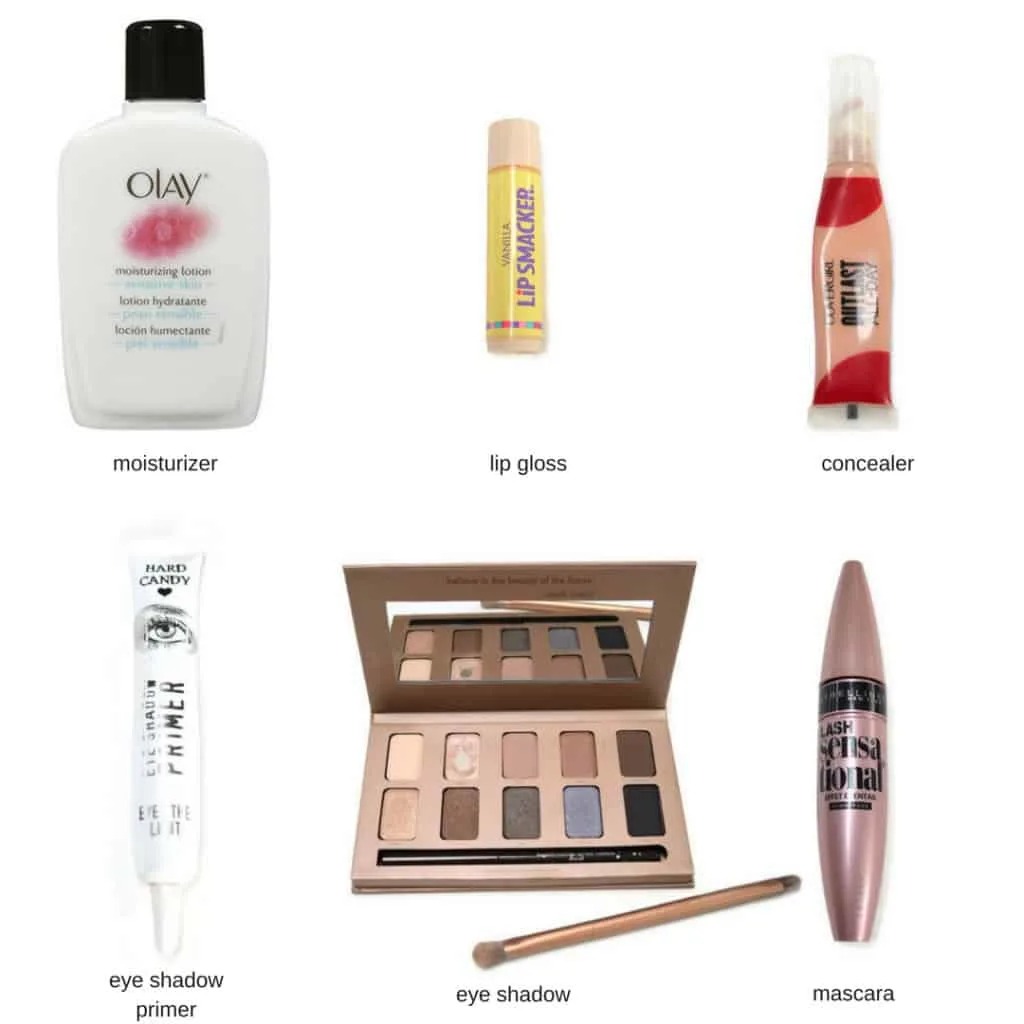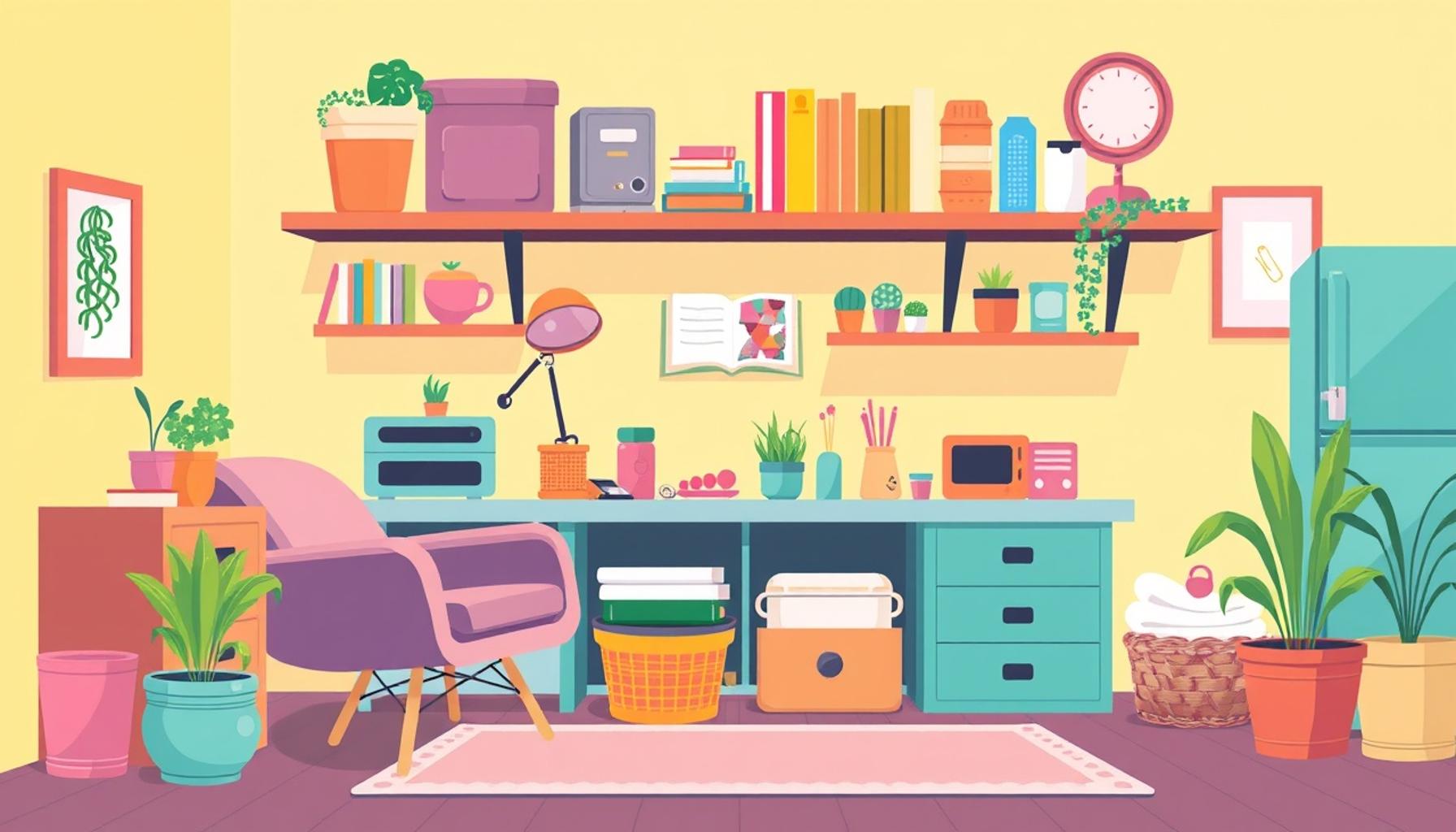Create a Purposeful Minimalist Routine for Personal Well-being

Embracing Minimalism for a Focused Life
In today’s fast-paced world, the concept of minimalism has gained significant traction as a means to enhance our personal well-being and overall happiness. This lifestyle encourages the elimination of unnecessary distractions, enabling individuals to focus on what truly matters. By integrating purposeful practices into daily routines, we can unlock a path toward greater fulfillment.
The Relevance of a Minimalist Routine
A purposeful minimalist routine not only declutters our physical space but also our mental landscape. It aids in:
- Enhancing productivity by minimizing distractions
- Fostering emotional clarity through intentional choices
- Encouraging self-reflection and prioritization of personal goals
As we delve into this article, we will explore the Top 5 strategies to cultivate a minimalist routine centered around purpose and well-being. Each method is designed to inspire a more deliberate, focused life, one that resonates with your personal values.
Top 5: Creating a Minimalist Routine Focused on Purpose and Personal Well-being
In a world where hustle and bustle prevail, adopting a minimalist approach can be transformative, providing not only physical decluttering but a profound mental and emotional clarity. By crafting a routine grounded in purpose and well-being, individuals can navigate life with greater intent and satisfaction. Let’s delve deeper into the five key components that contribute to forming such a purposeful and minimalist routine.
5. Embrace Minimalist Tools for Planning
Effective planning is the cornerstone of a minimalist routine. Minimalist tools, such as bullet journals and simple planners, or even tech-savvy alternatives like basic digital apps, can streamline your organizational methods, replacing cluttered lists with clarity and intent. At its essence, minimalist planning isn’t about cutting tasks but refining focus to include only what aligns with your core values.

For instance, consider a simplified weekly planner that exclusively outlines critical tasks and appointments, leaving ample space for reflection and spontaneity. This approach not only reduces cognitive overload but fosters a deeper engagement with each task undertaken. By eliminating non-essential activities, you allow room for not only necessities but joy and creativity as well.
Benefits of Minimalist Planning Tools
- Focus: Allows you to concentrate on the most important tasks without distractions.
- Clarity: Provides a straightforward framework to avoid being overwhelmed by options.
- Simplicity: Reduces visual and mental clutter, streamlining your cognitive processes.
4. Prioritize Self-Care Rituals
A minimalist routine inherently supports self-care, recognizing it as a non-negotiable cornerstone of personal well-being. Engaging in self-care rituals is not an indulgence but a necessity. These rituals, personalized to fit your lifestyle and preferences, can improve both mental resilience and emotional health. In a world demanding constant interaction, self-care creates a vital sanctuary.
Take, for example, the power of meditation—a mere ten-minute practice can anchor you amidst chaos. Similarly, journaling doesn’t just catalog events but opens a dialogue with oneself, fostering deeper understanding. Gentle exercises like yoga or walking promote physical health while also nurturing mindfulness and reducing stress.
Example Self-Care Rituals
- Meditation: Devote a few minutes daily to quiet reflection and presence.
- Journaling: Capture and process your thoughts, aiding mental clarity.
- Move: Integrate moderate activities like yoga to enhance physical and mental well-being.
3. Set Clear Intentions
Clarity of purpose is a driving force behind a fulfilling minimalist routine. Setting intentions is not simply about goal formulation, but about aligning your actions with what genuinely fulfills you. Start by evaluating what instills joy and what changes you’d like to invoke in life. Deconstruct these broader aspirations into manageable, actionable tasks.
This intentional approach transforms daily to-do lists from obligatory chores into deliberate choices, enriching your routine with meaning. Regularly revisiting and refining these intentions allows for adaptability, ensuring your actions consistently resonate with your evolving aspirations.
Steps to Set Clear Intentions
- Reflect deeply on your core values and life goals.
- Craft actionable and practical short-term and long-term goals.
- Periodically reassess and recalibrate your intentions to stay aligned with your goals.
2. Declutter Your Space
Physical decluttering is a testament to the intrinsic connection between our environment and our mindset. By creating a serene space, you foster a calmer mind that is conducive to productivity and creativity. Begin by critically evaluating possessions, retaining only what is functional or sparks joy.
The principle of “less is more” reveals its merit as you methodically transform spaces, discovering how a liberated environment can catalyze liberated thoughts. Approach decluttering as an ongoing process rather than a one-time task, integrating regular reviews to prevent accumulation.
Tips for Effective Decluttering
- Start with manageable efforts, such as a single drawer or room.
- Embed the ‘one in, one out’ strategy to manage new acquisitions.
- Commit to periodic decluttering to sustain a minimalist atmosphere.
1. Cultivate Mindfulness in Daily Activities
The pinnacle of a minimalist routine is mindfulness, the art of being present and fully engaged in the moment. When mundane tasks become opportunities for mindfulness, routine transforms into a series of enriching experiences. Simple acts like washing dishes or taking a walk become meditation in motion, inviting awareness to textures, sounds, and sensations.
Mindfulness rewires your daily existence, teaching you to appreciate the subtle nuances of life often overlooked in haste. This heightened state of awareness doesn’t merely increase productivity but enriches your soul, fostering a sustained, purposeful engagement with life.
In conclusion, infusing your routine with these elements of minimalism—empowered planning, prioritized self-care, intentional living, decluttered spaces, and mindfulness—nurtures not only your external environment but feeds your inner world. As you embark on this journey, remember that minimalism is a deeply personal practice, adaptable and reflective of who you truly are and aspire to become.
| Advantage | Description |
|---|---|
| Increased Clarity | Minimalist routines allow individuals to focus on what truly matters, eliminating distractions that cloud judgment. This clarity fosters intentional decision-making aligned with one’s personal goals. |
| Enhanced Well-Being | Adopting a minimalist lifestyle often leads to reduced stress. Prioritizing well-being through mindful practices such as meditation and digital detox can greatly improve mental health and overall happiness. |
| Greater Sustainability | Minimalism promotes sustainable living by encouraging individuals to consume less and select quality over quantity. This conscious approach aids in reducing waste and environmental impact. |
| Stronger Focus on Goals | By adopting a minimalist routine, individuals can align their daily practices with their long-term aspirations. This goal-oriented approach helps ensure that daily actions contribute to fulfilling one’s purpose. |
The practice of creating a minimalist routine focused on purpose and personal well-being can significantly reshape one’s lifestyle. It shifts the focus away from excessive material pursuits to meaningful engagement with oneself and the environment. Each advantage highlighted above contributes to a broader spectrum of benefits enhancing both life quality and personal satisfaction.
Frequently Asked Questions on Creating a Minimalist Routine Focused on Purpose and Personal Well-being
What exactly is a minimalist routine, and how can it enhance my daily life?
A minimalist routine is a streamlined approach to daily activities, focusing on simplicity and intentional living. By cutting out unnecessary tasks and materials, you create space for what truly matters. This can lead to increased mental clarity, improved time management, and more engagement with purpose-driven activities. Research suggests that those who adopt minimalism report reduced stress and higher satisfaction levels.
How can I start integrating a minimalist routine into my hectic schedule?
Begin by prioritizing your values and goals. Identify what is essential in your life and what can be removed or reduced. You can start small by decluttering your workspace or setting up a designated time each day for reflection and planning. Consistency is key; gradually introducing minimalist principles will prevent feeling overwhelmed and enhance your commitment to this lifestyle change.
Can a minimalist routine really boost my personal well-being?
Yes, studies have shown that minimalism can lead to significant improvements in personal well-being. By focusing on essential activities and reducing distractions, you cultivate a sense of peace and satisfaction. The reduction of clutter, both physical and mental, can contribute to improved mental health, with individuals often experiencing a decrease in anxiety and an increase in overall happiness and mindfulness.
Are there any potential downsides to adopting a minimalist lifestyle?
While there are numerous benefits, it’s essential to approach minimalism with balance. An overly rigid application can lead to feelings of deprivation or guilt. It’s crucial to tailor the minimalist approach according to individual needs and avoid comparatives with others. The goal is to enhance your life, not adhere to an extreme standard.
Conclusion: Embracing a Purpose-Driven Minimalist Routine
Crafting a minimalist routine centered around purpose and personal well-being offers a gateway to a more meaningful and fulfilling life. By consciously stripping away the excess and embracing simplicity, individuals can cultivate a lifestyle that is not only efficient but also enriched with intentionality.
In our exploration, we identified five pivotal steps to guide this transformative journey: clarifying personal values, decluttering physical and mental spaces, establishing focused daily habits, prioritizing quality over quantity, and setting clear, purposeful goals. Each step serves as a building block towards achieving a balanced lifestyle that transcends mere aesthetics.
Through the lens of minimalism, personal organization is elevated to an art form that fosters clarity and reduces stress. By adopting routines that align with one’s core values, individuals are emboldened to pursue what truly matters, enhancing both productivity and emotional well-being. This intentional approach to daily life encourages continuous self-discovery and personal growth, reinforcing the importance of purpose as a driving force.
The significance of integrating a minimalist routine with purpose cannot be underestimated. As society grapples with the pressures of modern life, adopting such practices could pave the way to a healthier, more intentional future. The journey of minimalism is not just about less, but about more—more meaning, more connection, and more alignment with what one genuinely values.
In conclusion, cultivating a minimalist routine focused on purpose and personal well-being offers a robust framework for living more deliberately. As we continue to peel back the layers of complexity, we invite ourselves to dive deeper into a practice that promises enduring rewards—and it is a journey well worth taking.



